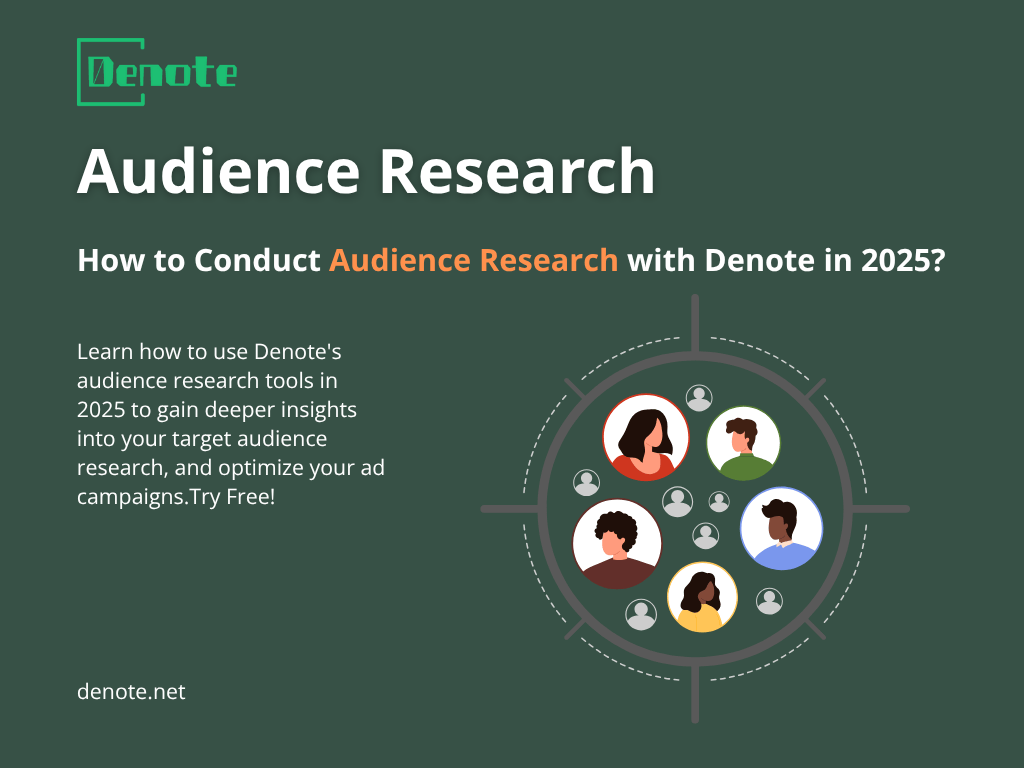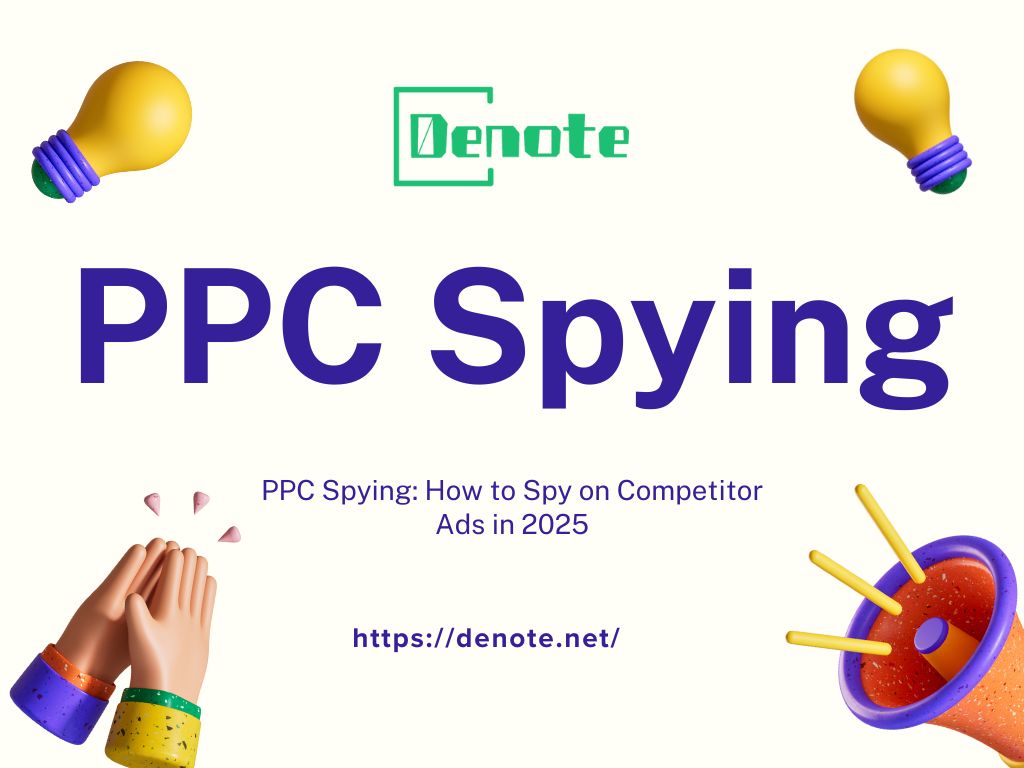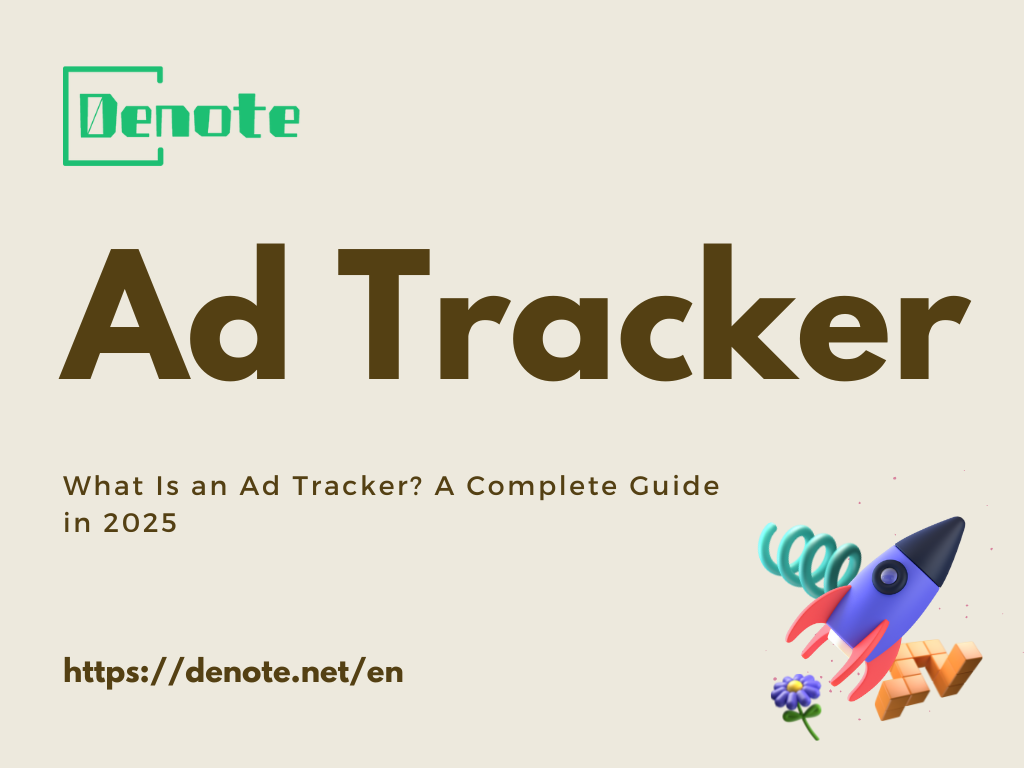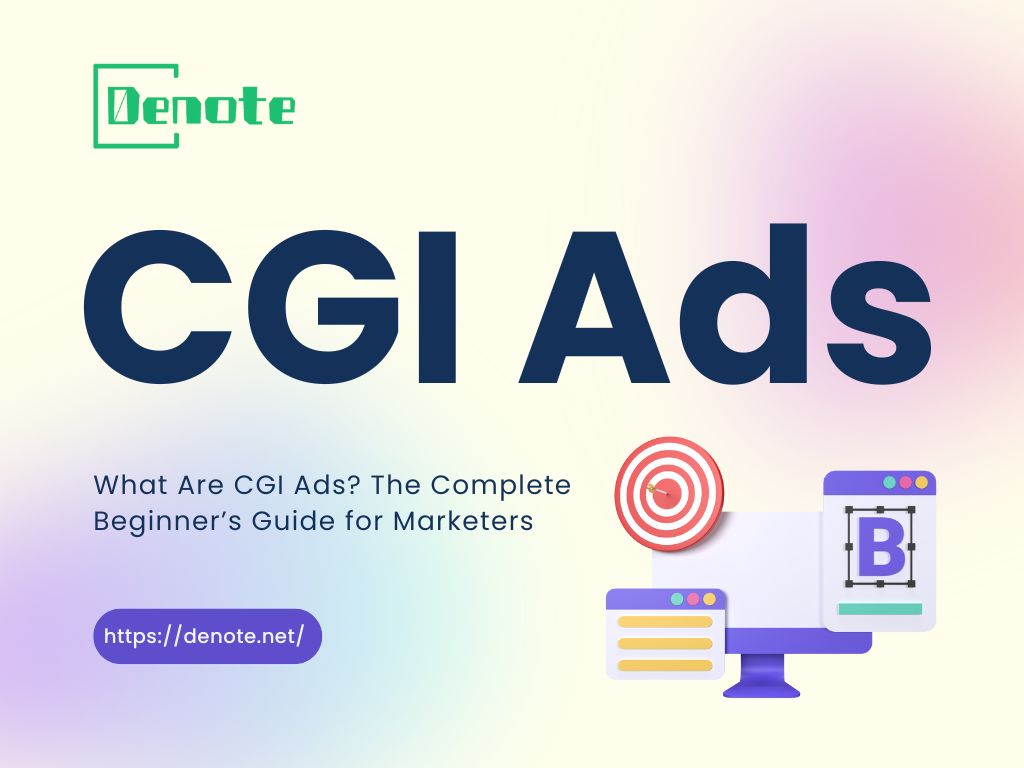Mastering Ad Placement: Strategies to Maximize ROI in 2025
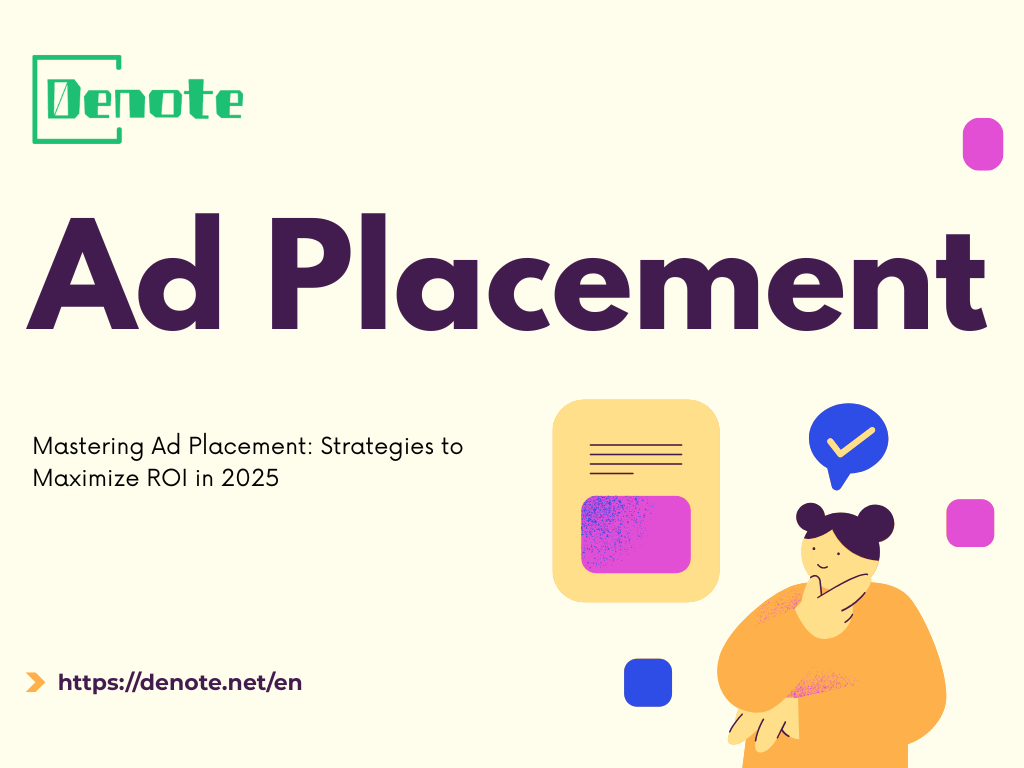
- What is Ad Placement
- Why Ad Placement Matters in 2025
- Common Types of Ad Placement
- How Ad Placement Affects Campaign Performance
- Best Practices for Effective Ad Placement
- Tools and Platforms for Smart Ad Placement
- Case Studies: Successful Ad Placement Tactics
- Future Trends in Ad Placement
- Conclusion
What is Ad Placement
Ad placement refers to the specific location where an advertisement appears across digital platforms—be it websites, apps, search engines, or social media feeds. Think of it as the real estate of the internet: just like how a billboard on a busy highway gets more views than one on a country road, an ad placed strategically online can make all the difference in performance. Whether it’s a banner at the top of a blog, a sponsored video mid-roll on YouTube, or a native ad nestled within a news article, placement influences visibility, engagement, and conversion.

Why Ad Placement Matters in 2025
In 2025, the digital advertising ecosystem is more competitive and nuanced than ever before. With users bombarded by thousands of ads daily, strategic ad placement isn't just a luxury—it’s a necessity. Brands are under pressure to cut through the noise and deliver personalized, non-intrusive experiences that convert.
A well-thought-out ad placement strategy ensures your message reaches the right people at the right moment. It’s the difference between shouting into the void and whispering in the right ear. Especially with increasing privacy regulations and ad fatigue, smart ad placement acts as a compass guiding ad spend towards higher ROI and relevance.
Common Types of Ad Placement
Display Ads
Display ads are basically the flashy neon signs of the web—sometimes you can’t escape ’em, no matter how hard you try. You’ll spot these things everywhere: banners screaming at the top, random pop-ups ambushing you mid-scroll, sidebars begging for attention. Now, here’s the deal: if your ad’s chilling at the bottom of a page where nobody ever looks, you might as well toss it in the trash. You want those prime spots, right smack in the user’s face—above the fold, on the hot pages, and actually connected to what folks care about. Oh, and please, don’t make them so annoying people want to throw their laptop out the window. That’s just bad manners.
Native Ads
Native ads blend seamlessly into the content around them, mimicking the look and feel of the platform they appear on. Think of sponsored articles on news sites or promoted posts on social media. Their success hinges on subtlety and relevance, making placement critical. Place it too obviously, and users will ignore it. Too hidden, and it loses impact. A well-placed native ad feels like a natural extension of the content.
Search Ads
Search ads appear on search engine results pages (SERPs) when users enter specific queries. Placement here isn’t manual—it’s determined by auction systems considering bid, relevance, and quality score. But advertisers can influence it. Being in the top 3 results can lead to significantly higher CTR. Denote , for example, uses intelligent ad performance tracking to help brands refine bidding strategies for better search ad placement.
In-App Ads
Mobile apps provide prime advertising real estate, from eye-catching full-screen ads to those incentivized video placements. Placing ads strategically—say, between game levels or during natural lulls in a productivity app—keeps user engagement high without causing frustration. But if you interrupt users at the wrong moment, it’s a jarring experience that can damage your brand more than help it. Timing and context? Absolutely critical for in-app ad success.
Video Ads
Video ad placement can occur before, during, or after video content (pre-roll, mid-roll, post-roll), or even as overlays. Platforms like YouTube give advertisers control over where and when ads appear. Effective placement depends on content relevance and viewer behavior. For instance, mid-roll ads may perform better on longer content, while pre-rolls are ideal for short, highly engaging videos.
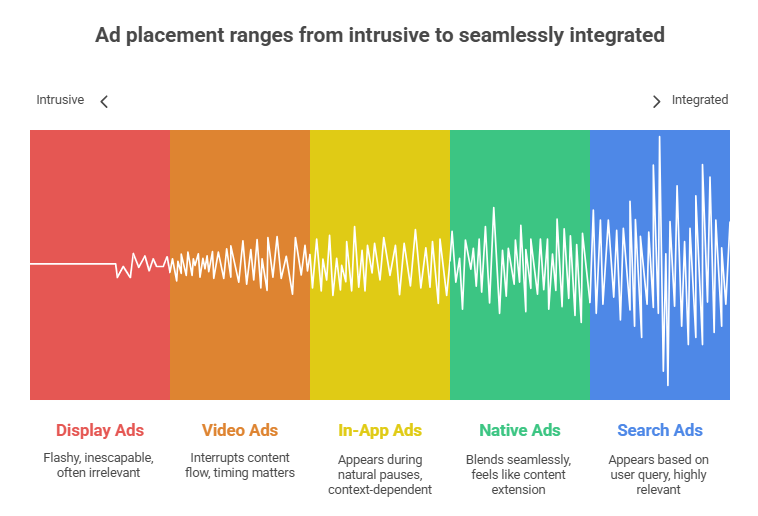
How Ad Placement Affects Campaign Performance
CTR, CPC, and CPM Impact
Placement directly affects core performance metrics:
- CTR (Click-Through Rate): Poorly placed ads get ignored. Well-placed ones grab attention and invite action.
- CPC (Cost Per Click): Better placement usually yields higher engagement, reducing cost per meaningful interaction.
- CPM (Cost Per Mille): Premium placement often costs more but can justify the price with improved performance.
A well-positioned ad isn’t just seen—it’s interacted with. Tools like Denote offer insights into which placements yield the best ROI, helping brands trim waste and double down on what works.
Audience Targeting & Relevance
Even the most brilliant ad doesn’t matter if the wrong audience sees it—it’s just lost potential. Placement isn’t just a checkbox; it’s where targeting steps into the spotlight. You wouldn’t pitch vacation deals on a site packed with IT managers hunting for enterprise software, right? Relevance wins, always. Smart placement strategies dig into user behavior, demographics, and what’s trending on each platform. That’s how you make your ad dollars actually count.
User Experience & Placement Context
Intrusive ads damage your brand. Users hate pop-ups that block content or auto-playing videos at 2AM. Placement should respect the user journey. Ads that enhance rather than interrupt the experience build trust and engagement. Contextual alignment—where the ad complements the content—matters more than ever in 2025.
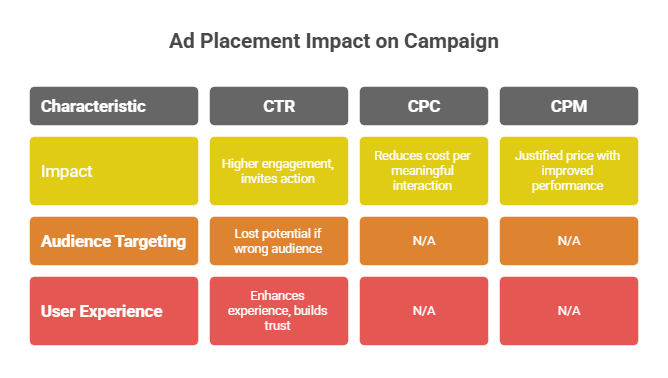
Best Practices for Effective Ad Placement
Understanding User Behavior
Monitor how users interact with your site. Where do their eyes land first? What gets skipped over? Tools like heatmaps and session recordings provide critical insight here. Once you spot those natural attention zones, you can strategically position ads where they’re most likely to get noticed—maximizing engagement without being intrusive.
Mobile vs. Desktop Placement Strategies
Mobile-first is no longer a trend—it’s the norm. Ad placement must adapt to smaller screens, swipe gestures, and vertical layouts. Desktop placements may still favor horizontal banners or sidebars, but mobile demands immersive, scroll-integrated placements.
Heatmaps and Scroll Tracking Tools
Hotjar and Crazy Egg act as practical tools for visualizing user behavior—revealing exactly where people click, scroll, or decide to leave your site. It’s concrete data, not guesswork. If you want to optimize placement and performance, there’s no substitute for seeing how actual users interact with your pages. Why rely on assumptions when you can make decisions based on real evidence?
A/B Testing for Placement Optimization
Guesswork’s out—testing is in. You’ve got to actually see what sticks, whether it’s top placement, the sidebar, pre-roll, or mid-roll. That’s where Denote steps in, syncing smoothly with your A/B testing process. You get real numbers, not just hunches, and you can adjust placements based on what your audience actually responds to. It’s all about making smart, data-backed decisions and keeping your campaigns sharp.
Tools and Platforms for Smart Ad Placement
Denote
Denote is a cutting-edge ad research and intelligence platform designed to help marketers understand where, why, and how top-performing ads are placed. Whether you're analyzing competitors or testing your own creatives, Denote provides detailed ad spend insights, placement breakdowns, and real-time trend analysis. Its AI-driven recommendations guide marketers toward smarter ad placement decisions, boosting ROI without the guesswork.
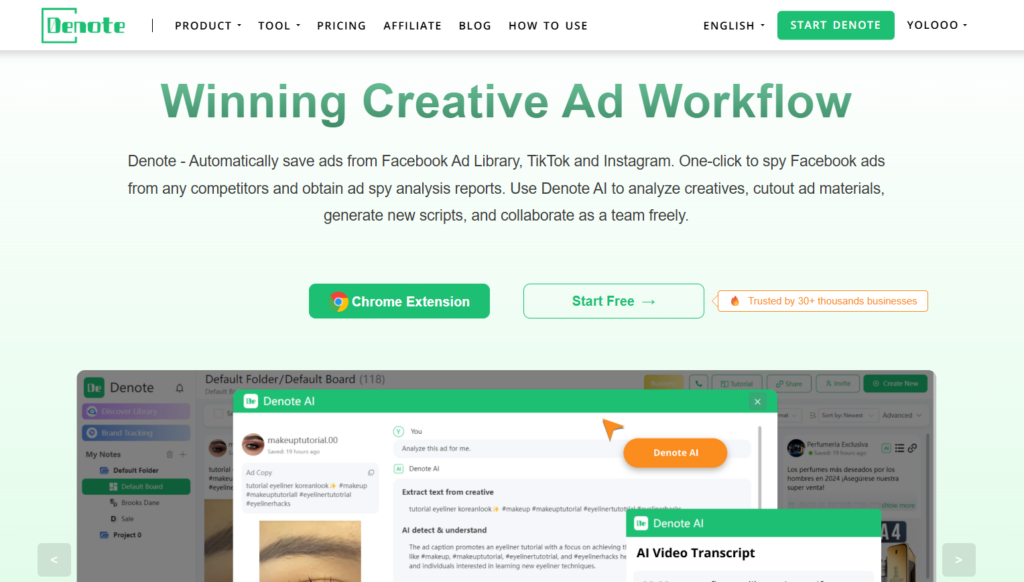
Google Ads Placement Targeting
With Google Ads, you have the flexibility to manually select exactly where your ads appear across the Display Network—whether that's specific websites, YouTube channels, or even individual apps. This level of control lets you strategically target your audience in the online spaces that matter most to your brand. When you pair manual placements with topic targeting, you get a highly effective, precision-driven approach to ad placement. It's a smart move for businesses looking to maximize their impact.
Facebook Ad Placement Options
Facebook (and its Meta ecosystem) offers automatic and manual placement across feeds, stories, reels, Messenger, and Audience Network. Auto-placement can maximize reach, but customizing placements based on performance data often delivers better results.
Using AI for Real-Time Placement Decisions
AI is reshaping how placements happen. Real-time bidding systems already use machine learning to decide where to serve ads. New AI tools go further—analyzing user intent, engagement patterns, and context to predict optimal placement. These tools don’t just follow users—they anticipate them.
Case Studies: Successful Ad Placement Tactics
E-commerce Brand Using Native Ads
A fashion e-commerce brand saw a 45% uplift in conversions after shifting to native ad placements on lifestyle blogs. Instead of flashy banners, they opted for storytelling ads embedded in content, like "How to Style Summer Looks" with direct product links. The native format felt organic, and the strategic placement drove both trust and transactions.
App Developer Boosting Installs via In-App Placement
Here’s the thing: The productivity app saw installs jump by a solid 60% after rolling out rewarded video ads inside leading habit-tracking and time management apps. Users watched these concise, engaging clips and earned app credits in return—a no-brainer incentive. Honestly, the ad placement just fit the context perfectly. Result? Not only did installs surge, but user retention improved as well. That’s a textbook example of smart, targeted marketing paying off.
SaaS Company Improving ROI via Contextual Targeting
A B2B SaaS company used Denote to identify high-performing placements on industry blogs and LinkedIn communities. Rather than broad targeting, they chose niche, high-engagement placements where their audience was actively seeking solutions. This laser-focused approach led to a 3X improvement in cost-per-lead.
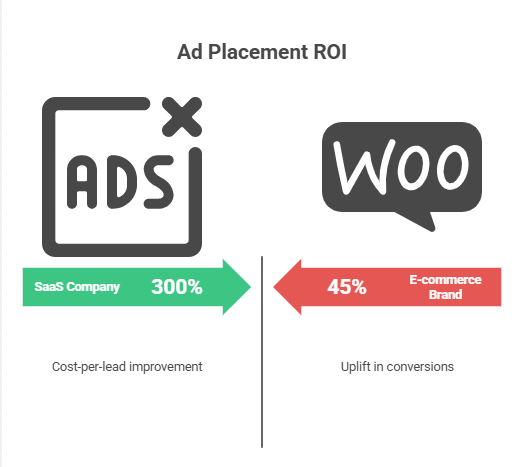
Future Trends in Ad Placement
AI-Driven Placement
AI continues to evolve from being a smart assistant to a predictive engine. Soon, AI won’t just recommend placements—it will autonomously deploy ads based on real-time conditions, emotional cues, and micro-moments. Expect hyper-personalized placements tailored to individual users, driven by machine learning models that improve with every impression.
Context-Aware and Emotion-Based Targeting
Alright, let’s put on the business hat for a second. So, moving into 2025, ad placement’s getting seriously sophisticated. We’re not just talking about tracking clicks and cookies anymore—now, platforms are actually picking up on user sentiment. They’re analyzing video, audio, even facial expressions. Picture this: someone’s watching a movie, there’s a heavy, emotional scene, and right afterward, an ad for comfort food appears. Or maybe a user’s reading an article on burnout, and suddenly, a travel deal pops up. It’s no longer just about raw data; now, ad placements are tapping into real-time moods. This is a new era—ads that actually get where you’re coming from.
Privacy and Ethical Considerations
As placement becomes more targeted, the line between helpful and creepy blurs. With growing concerns over data use, ethical placement will become a competitive advantage. Brands that respect user privacy and clearly disclose ad intent will build longer-lasting trust. Contextual targeting—not cookies—will be the norm.
Conclusion
In a digital world teeming with distractions, ad placement is your north star. It's not about being everywhere—it's about being in the right place at the right time, with the right message. Whether you're a lean startup or a global brand, mastering ad placement is essential to cutting through the noise, maximizing ROI, and building meaningful user relationships.
